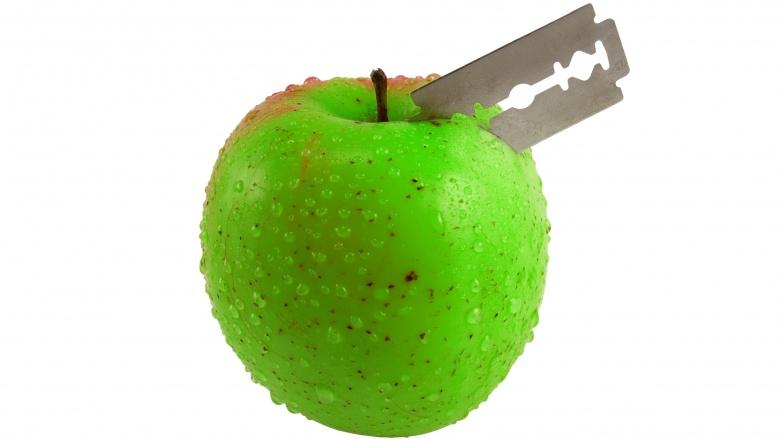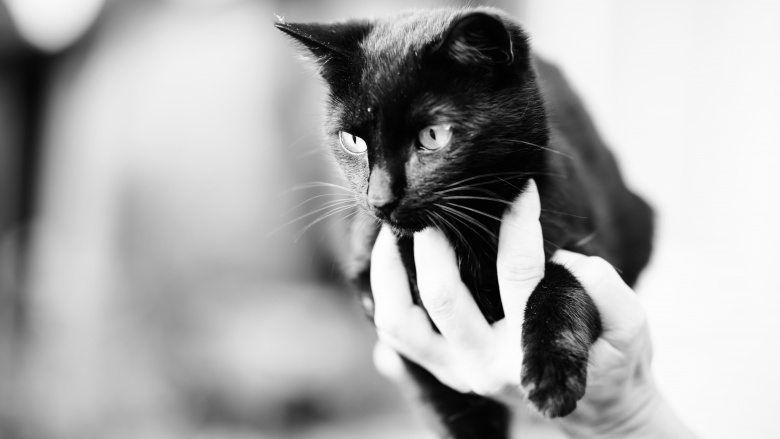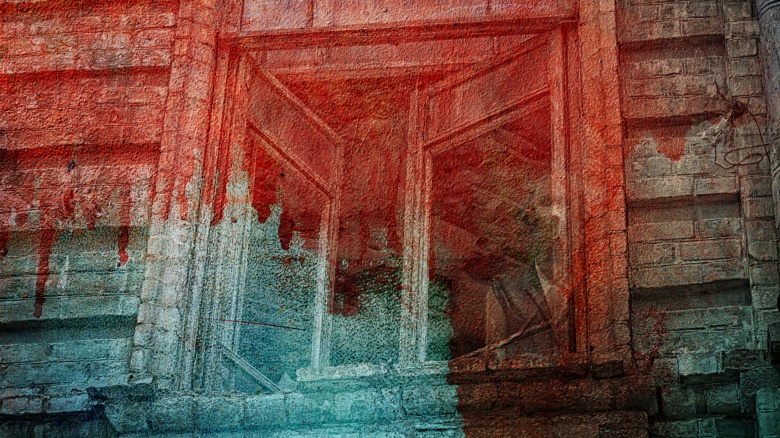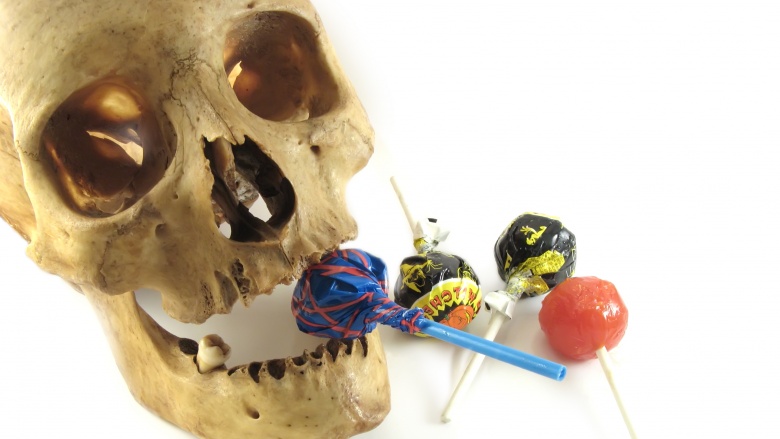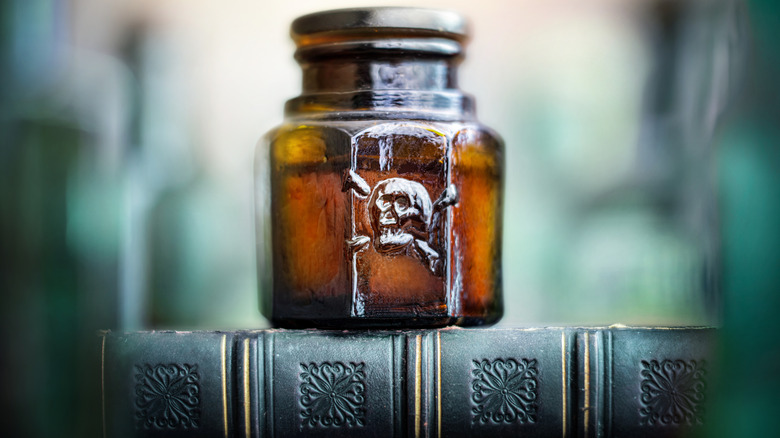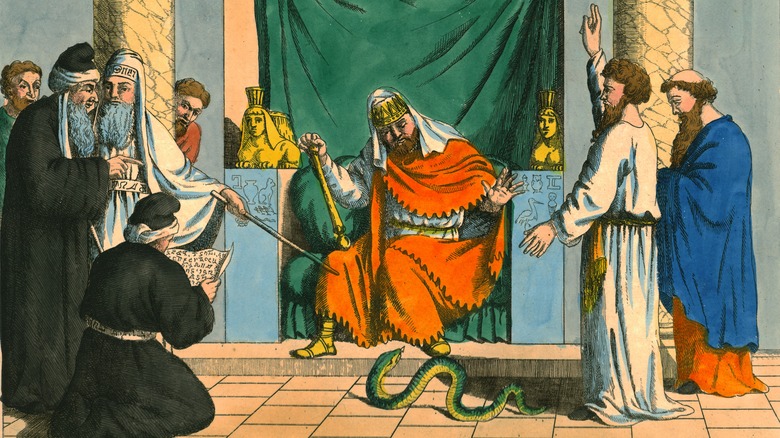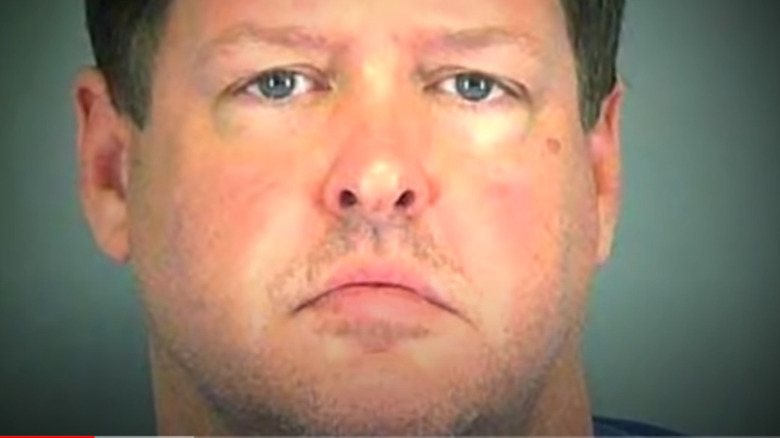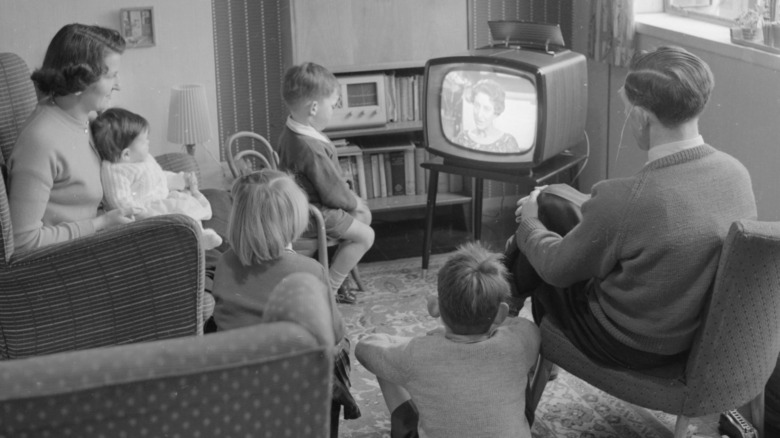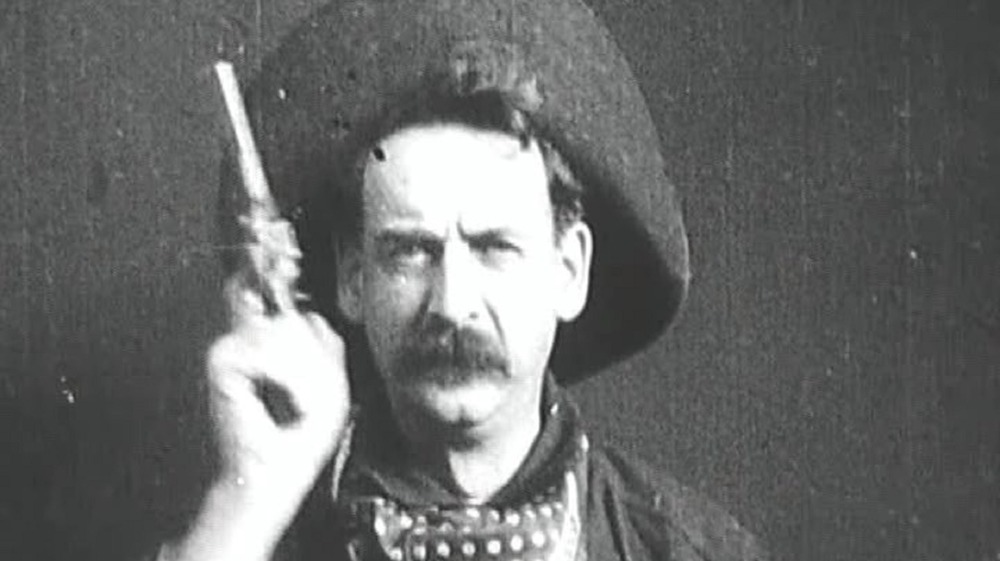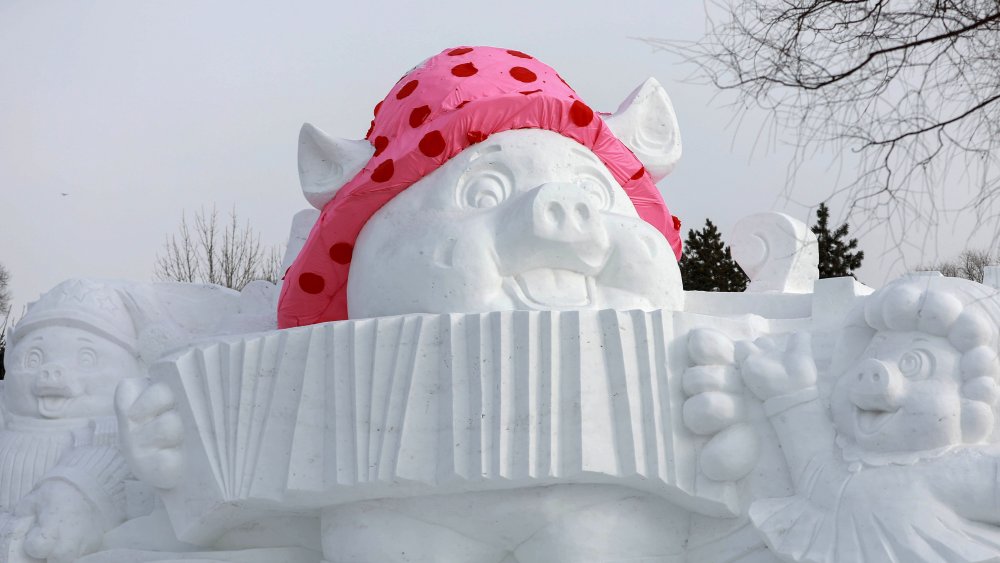
The Biggest Halloween Hoaxes In History
Love it or hate it, Halloween is the time of year when everyone’s just a little bit on edge. Creepy, scary Halloween hoaxes certainly don’t help, as this is the time of year when some of us seem more than willing to believe stories that prey on our biggest fears. We don’t like the idea of some strange force out there that we can’t control, and we definitely don’t like the idea that our loved ones might be at risk. But basically all of these Halloween hoaxes are pure hokum, such as the following, which should hopefully help you sleep a little better at night.
Ghostwatch
Ghostwatch was a pseudo-documentary about a supposedly haunted house, aired by the BBC on Halloween night in 1992. The writers and actors behind the mockumentary did everything they could to make the piece seem like it was really, absolutely happening, to the point of hiring well-known BBC personalities — including trusted journalist and presenter Michael Parkinson, and Red Dwarf‘s Craig Charles — to give the show extra credibility.
As the crew’s investigation went on, the whole program got darker and darker. The viewers started to learn about the ghost — named Pipes by the local kids — supposedly haunting this terrifyingly normal London family. Eventually, the presenters realize he’s channeling their energy through a sort of reverse seance, which causes the “death” of one person, and the possession of another as Pipes steps into the real world.
The entire thing was designed to look as real as possible, even though it had a cast list and writing credits. It was advertised as a drama, but the feel of it was absolutely unscripted. Actors were given bullet points to hit instead of hard scripts, they used shaky, amateur-looking footage, and the show even aired the number of a hotline — manned by actors who were in on the joke — that distressed viewers could call. Ghostwatch was so widely believed, in fact, that real people died from it. In November 1993, the British Medical Journal published case studies on two ten-year-old boys treated for post-traumatic stress in the wake of watching the film. One boy reported being subjected to relentless nightmares and flashbacks during the day, which escalated to the point where he refused to let his mother out of his sight, and would bang his head against the wall until she returned. The other boy refused to sleep alone, so terrified that he made himself sick over the idea of spending the night by himself.
According to the journal, both of those patients were successfully treated and eventually showed improvement, but others weren’t so lucky. Five days after the broadcast, Percy and April Denham found their son, Martin, hanging from a tree in a park near their Nottingham home. He had a note in his pocket that read, “Please don’t worry — if there are ghosts I will be a ghost, and I will always be with you as a ghost.” According to Percy, Martin had been extraordinarily terrified by the show, and he’d been convinced not only that it was real, but that there were ghosts in his own home.
Martin (who was 18 years old, but reportedly had the mental abilities of a 13-year-old) had made countless comments about the show in the days leading up to his death, even though no lawsuits were ever filed. (The Denhams told newspapers they couldn’t afford to go to court.) And they weren’t alone. Hundreds of complaints were received, including one from a man who claimed his wife had gone into labor in the middle of the show.
Even though the show was never re-aired, it’s gotten something of a cult following, and was recently the subject of a real documentary.
Strangers tampering with candy
Every kid knows the routine: once you get home, you’ll surrender your loot to the nearest adult, who will scour the bag for needles or drugs (and, probably, their favorite candy). It’s annoying, but necessary, right? It sure beats swallowing a needle.
Except, here’s the thing: the whole “tainted Halloween candy” thing is nothing but false fearmongering. It has basically never happened, as proven in 1985, when a sociologist from the University of Delaware named Joel Best decided to study the issue. After studying everything from news stories to police reports, he found there were nearly no stories of candy actually being tampered with. Of the 80+ stories he investigated about needles and razor blades inserted into candy, virtually all of them wound up being hoaxes, objects put there by the kids themselves for attention. It wasn’t evil strangers or neighbors wanting to hurt anyone.
In the very few cases where somebody did tamper with candy, it was almost always somebody the kids knew. In 1970, a 5-year-old boy in Michigan died with an obscenely large amount of heroin in his system. Heroin was found on his candy, but police later found that the drugs had belonged to his uncle, who had laced the boy’s candy after the fact, to try to throw authorities off his scent. Four years later, Ronald O’Bryan and his neighbor took their kids trick-or-treating, and at one house, O’Bryan gave the kids giant Pixie Stix that he claimed someone at the door had handed to him. Later, his 8-year-old son died from ingesting the poisoned candy. It wasn’t a stranger that had deliberately laced the candy, though — it was his own father. O’Bryan wanted to cash in on his son’s life insurance policy, and so he did the deed that got him executed in 1984.
The fear of what’s in our trick-or-treat bags peaked in 2000, with the only confirmed case of a stranger tampering with Halloween candy before handing it out. James Joseph Smith stuck needles in Snickers bars and was arrested, but his tampering caused only one minor injury and no deaths.
Razor blades in apples
This Halloween hoax goes hand-in-hand with the idea of candy that’s been tampered with, but it’s so oddly specific. There were always at least a few apples in every loot bag after a night of trick-or-treating, and there was never a fear that there would be wormy or drugged or stuck full of thumbtacks. No, there were going to be razor blades.
The idea of Halloween apples being filled with razors seemed to first show up in 1967, and when the rumors and fear hit, they hit hard. The earliest instances seem to have been in New Jersey, and by 1968, the state was enacting legislation that called for prison time for anyone caught putting razor blades in apples. Later investigations found that the kids who had found razor blades in their apples had done it themselves (as with the tampered candy), but because fear is more powerful than facts, the legend took hold.
The Texas Chain Saw Massacre hoax
The Texas Chain Saw Massacre is one of those staple horror flicks that’s a must-see if you’re the least bit interested in the genre. Given how the movie’s imprinted on everyone’s psyche, it’s not hard to see how people believed that seven people actually were killed by a marauding nutjob armed with a chainsaw in a Los Angeles haunted house in 2014.
According to the viral story, a 26-year-old man named Luis Ortega was caught on camera going on a rampage through a haunted house. As if we didn’t need another reason not to visit one. The story was a hoax, and even though there was a disclaimer stating it was fake, it still went viral. The truth behind the story was just as weird. The accompanying video showed a man, with a chainsaw, attacking apparently innocent bystanders. Here’s the thing: they were innocent bystanders, and the footage was real. The man wasn’t Luis Ortega, though, but rather 24-year-old Dean Dinnen circa 2012. He had been kicked out of an English pub for smoking, and decided the best way to make his point was to leave, get a chainsaw, come back, and start swinging.
Because no good pub-goer tolerates that sort of thing, customers ultimately restrained him until he was arrested by police. No one was killed, but there were injuries. So not quite the massacre the video promises, and they had to make up a guy to make it seem more interesting, but it was certainly scary for the pub patrons.
Blue Star Tattoos
Warnings about the so-called Blue Star Tattoos usually surface around Halloween, and during the first weeks of a new school year. Parents are warned that unscrupulous drug dealers are handing out temporary tattoos (usually said to be in the shape of cartoon characters or other kid-friendly images) that are laced with LSD, and warning letters are handed out at schools and posted online. Not only are most of those letters signed by a fictional person working in a fictional place (J O’Donnell, of the Danbury Hospital’s Outpatient Chemical Dependency Treatment Service), they’re also usually at the heart of a neighborhood panic, and they’re complete hoaxes.
Don’t feel bad if you’ve fallen for this one — people have been falling for it all over the world and for almost a century and a half. According to folklorists Iona and Peter Opie, similar rumors were circulating in England in 1840. At the time, people were a bit suspicious of just what it was they were licking on their lick-and-stick postage stamps. Rumors spread that the glue was poisonous, and that licking it would cause cholera.
The modern scare likely came out of a misunderstanding of warnings about LSD, but it just goes to show that legends can easily be adjusted and updated to a new time and place. Even as the decades go by, after all, human nature remains pretty much the same.
Black cat sacrifice
The warnings pop up every single Halloween when cat owners, especially those who have black cats, are urged to keep their pets inside for their own safety. Halloween is the time for satanic sacrifice, it’s said, and all across the country, cult members are getting ready to conduct their dark masses. It’s not just pet owners that are on board with this one — a lot of animal shelters are, too, stopping the adoptions of black cats around Halloween to stop them from falling into the hands of people who will abuse or sacrifice them.
According to Janja Lalich, a cult expert from California State University, this one is a hoax with a heartbreaking backstory. She says that while there is the occasional instance of a sacrificed cat on Halloween, it’s not the work of cults or satanic rituals. It’s usually the work of incredibly disturbed individuals looking to capitalize on the mythos of the holiday. Black cats aren’t in any more danger on Halloween than they are on any other day of the year, and while that’s a good thing, that’s also incredibly sad in that they shouldn’t be in danger at all.
Some shelters, happily, are starting to reject the hoax, turning away from the idea that it’s only bad people who are looking for black cats to adopt during the Halloween season. Instead, they’re using Halloween to promote the idea that black cats actually aren’t unlucky and they’re definitely not evil. The so-called “black cat syndrome” means that these friendly felines are often overlooked at shelters, and stopping their adoptions at Halloween might not be so necessary after all.
The cannibal's haunted house
Every year, Halloween decorations get more realistic and terrifying. That’s not necessarily a good thing. Just ask your dog … or the dead woman who was left hanging on a chain link fence because everyone who walked past her just thought she was a Halloween decoration. That’s not a hoax, unfortunately, but the cannibal-infested haunted house is.
The story went viral in 2015, and it’s a pretty ingenious one that preys on all our biggest fears. Supposedly, a group of friends went into a haunted house in Austin, Texas, when they came across what looked like a terribly gruesome display of a man gnawing on someone in a bathtub. The screams turned out to be real, and it was a real cannibal chowing down. The story later became a pro-gun narrative — the cannibal was killed by the gun-toting owner of the haunted house. Only in Texas!
It wasn’t true. The story ran on the Now8News site, and apparently the name of the website wasn’t enough to tip people off. It went viral as people panicked, and millions later cited the story as to why they never, ever, ever go to haunted houses. Or check Snopes.
So why are we still afraid?
This one’s got a simple answer: the media. Every year, news outlets run more stories about why parents should be extra-vigilant, and why would we not trust our news outlets on this story, when we trust them for everything else?
Researcher Joel Best traced some of the earliest mentions of poisoned candy to a 1970 New York Times piece. Over the years, countless Halloween hoaxes have run as stories in all kinds of media warning parents to watch out for poisoned candy. When bottles of Tylenol were tampered with in the early 1980s, it reinforced the fear that someone was out to get you, and Halloween candy just seems like the perfect delivery system. Over the years, numerous events have served to keep the legend alive. After 9/11, rumors of a Halloween terrorist attack started circulating. Even the Dear Abby column has issued crooked-candy warnings, and who doesn’t listen to Abby?
The stories get repeated every year, and we keep buying into them, despite the kitties’ only crime being wanting a loving home (and vittles) like every other cat.

The Truth About The Haunting Belcher's Sea Snake
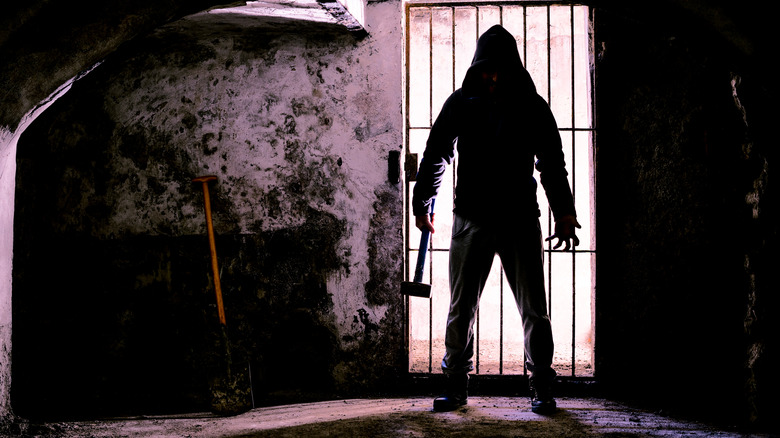
These Were Serial Killer Carl Panzram's Chilling Last Words

The Queen Elizabeth I Theory That Would Change Everything

The Bizarre Story Of Jessica Krug

Why Is Healthcare So Expensive?

Gravitational Waves Detected For Second Time Ever

Drinking Whole Milk Is Less Likely To Make You Fat, Studies Show

The Largest Rabbit Breed In The World
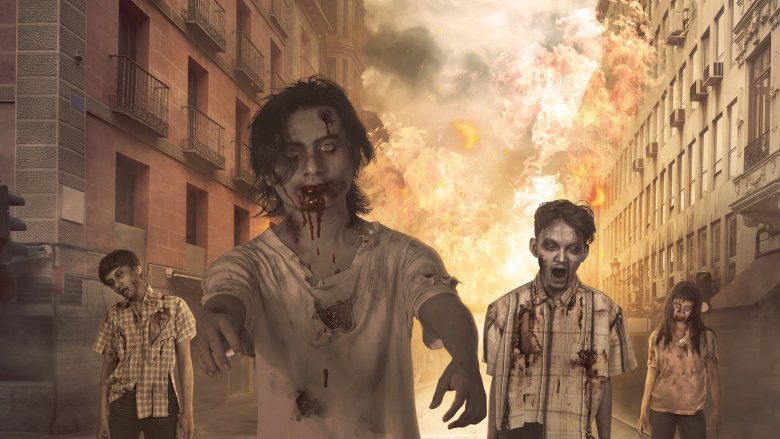
This Might Be The Best Place To Survive A Zombie Apocalypse

The Most Bizarre News Stories From 2019 You Won't Believe Are Real


